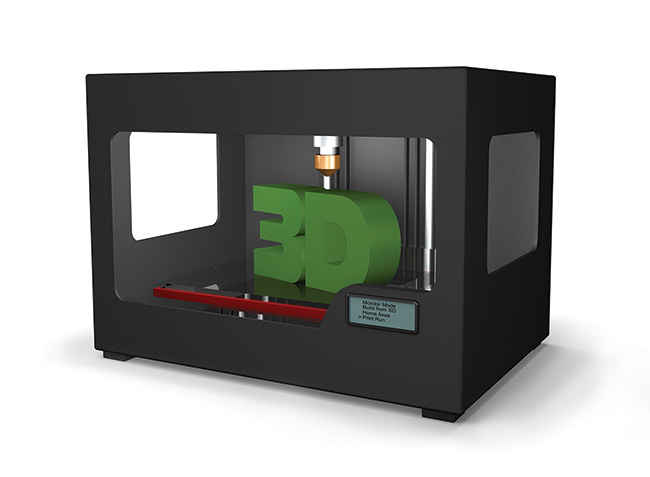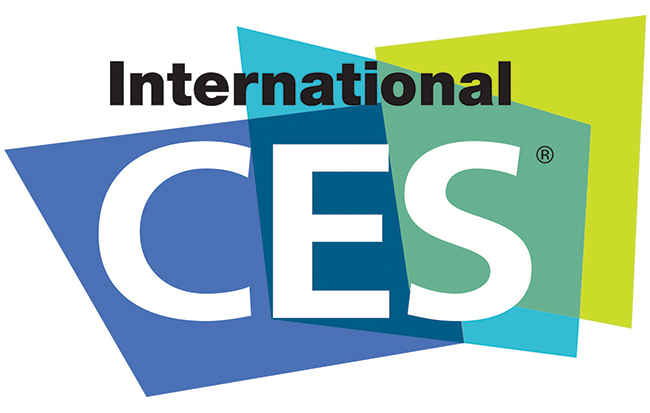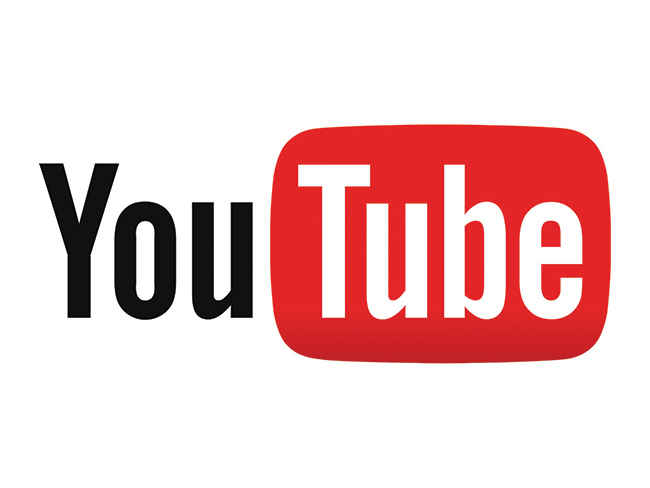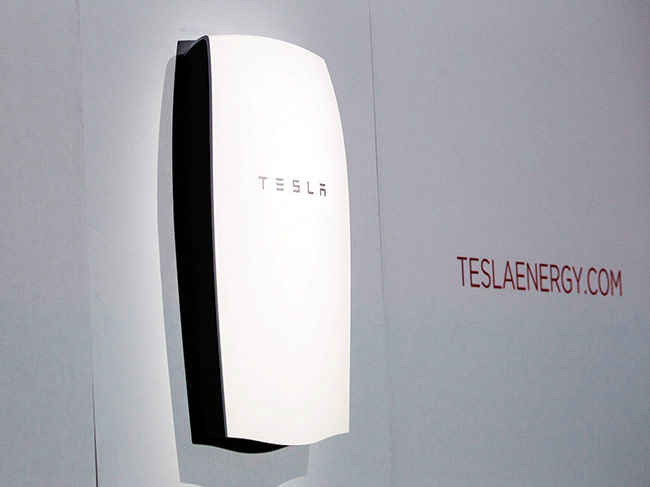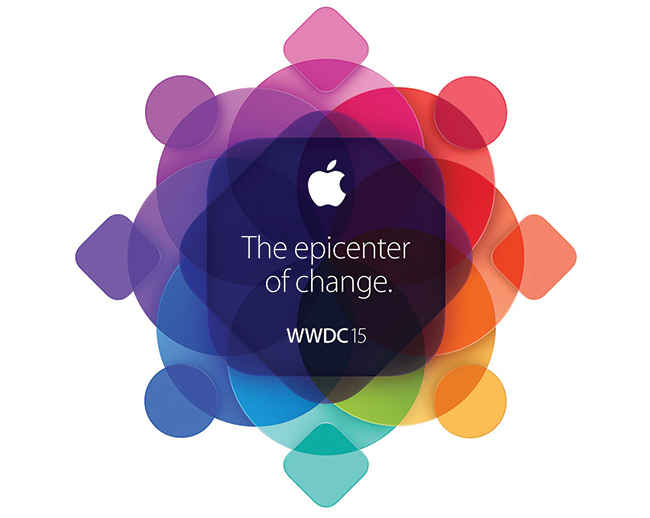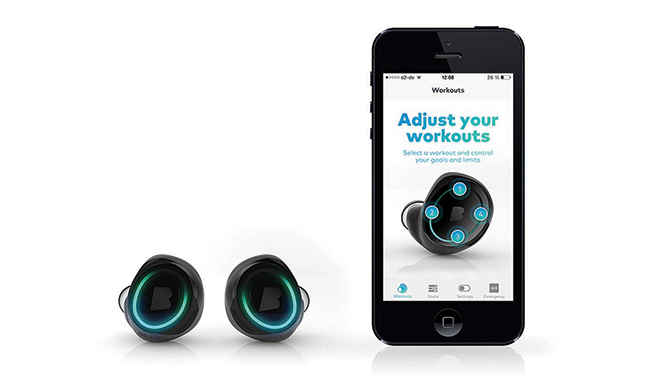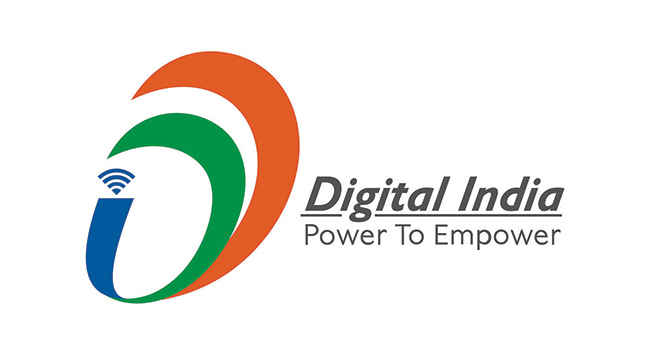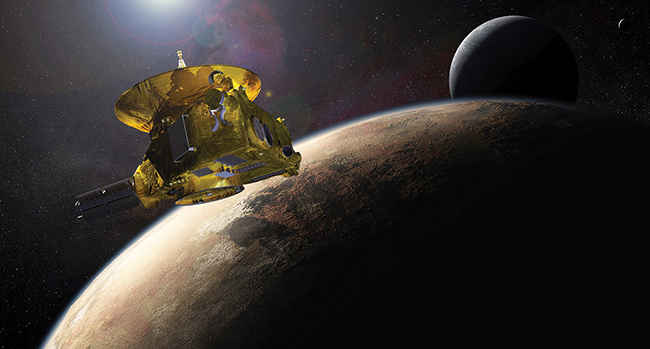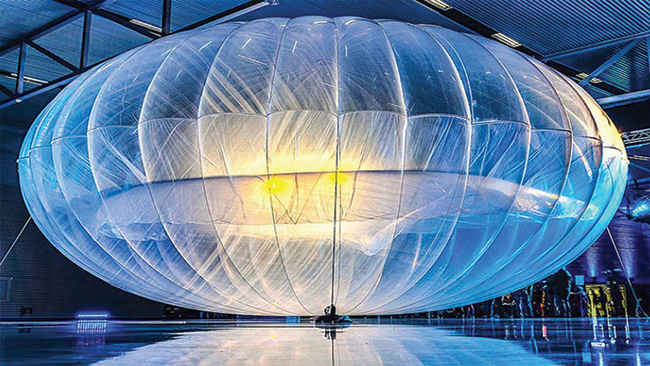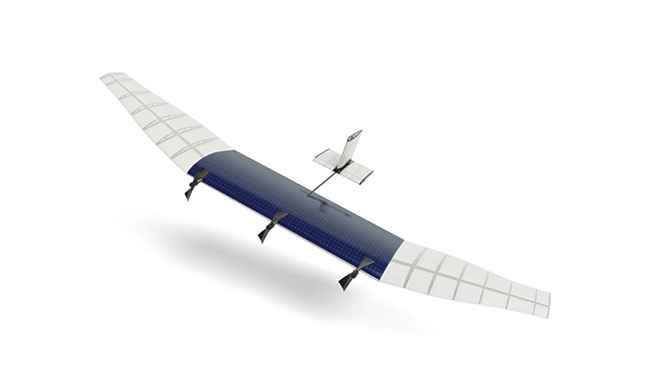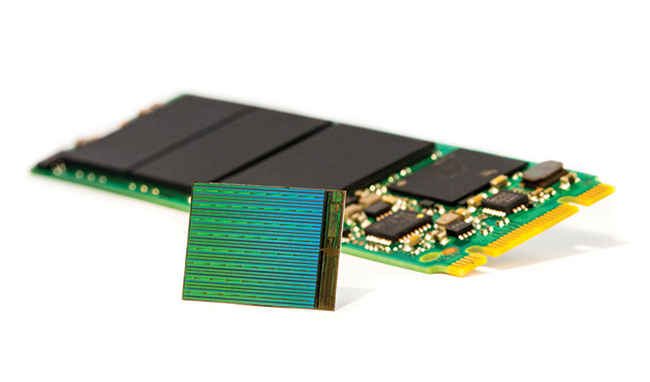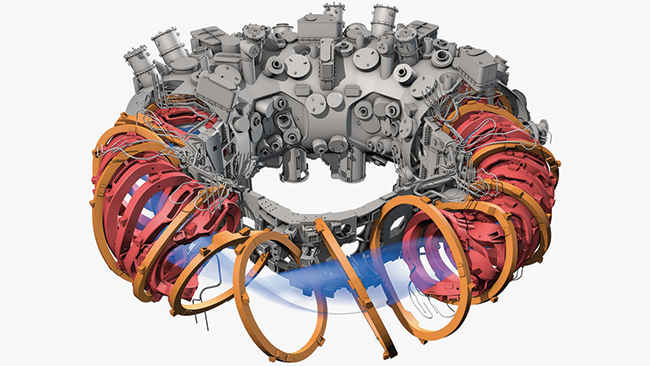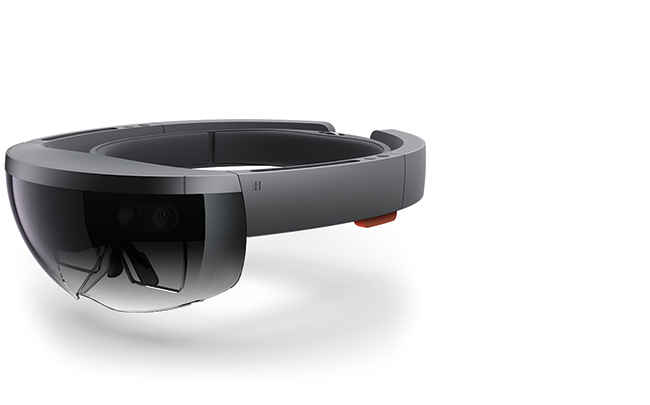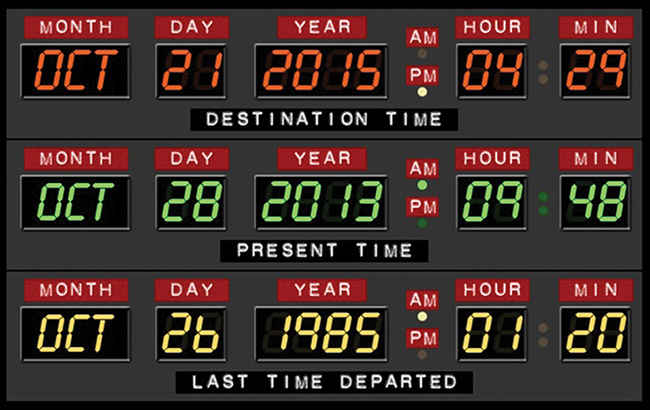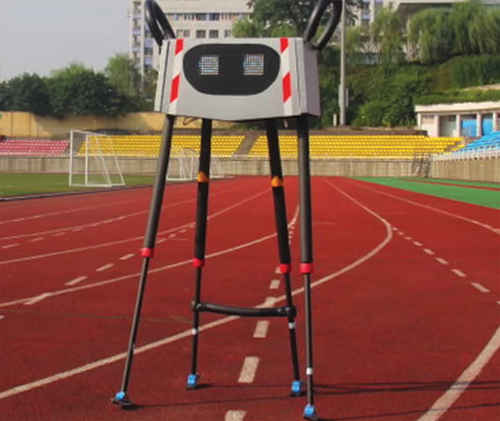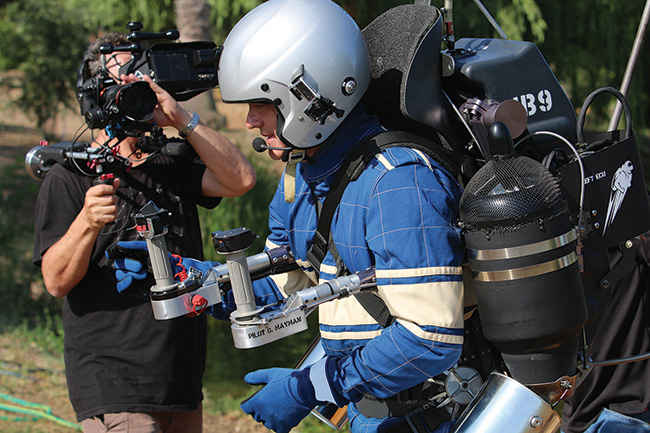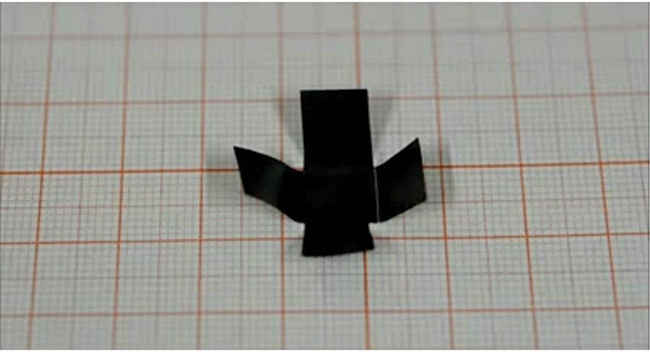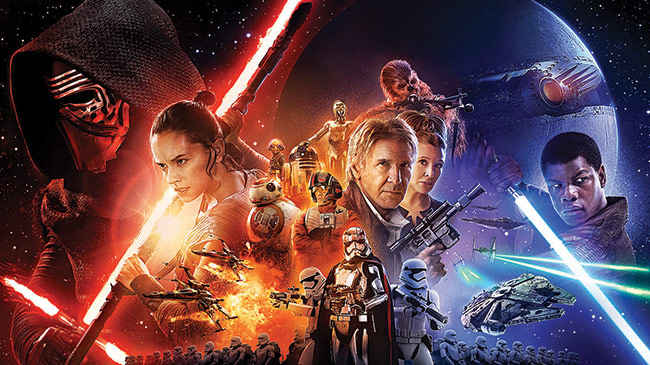Rewind 2015: Technology landmarks in 2015
A quick look at 2015’s biggest tech moments, some innovative ideas, a few bizarre inventions, and several monumental anniversaries that made it to our list of technology landmarks of 2015.
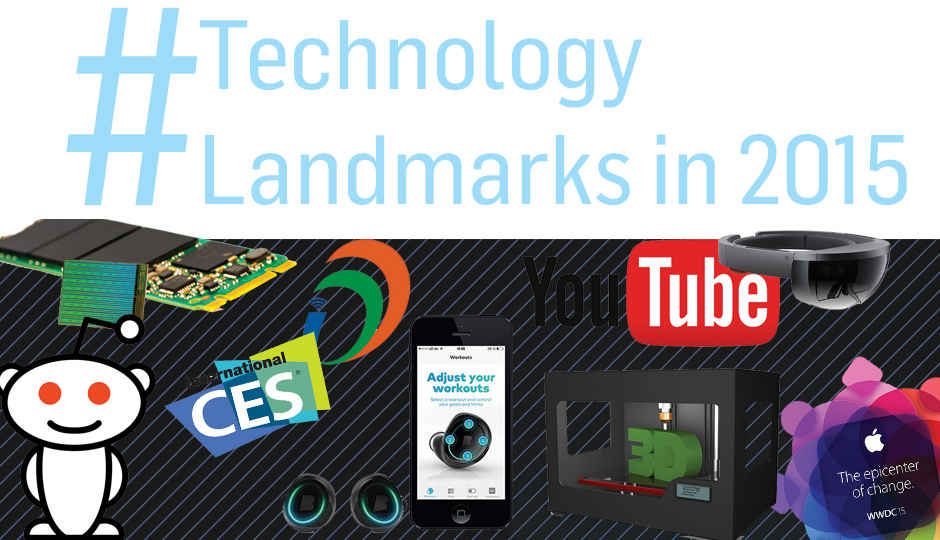
Every year advances in science and technology pushes existing boundaries and discovers new frontiers. The year 2015 has been no different. With two spacecrafts sending us valuable information about other planets, we can say 2015 has been pretty awesome! But back here on Planet Earth we saw some pretty amazing tech too. From internet beaming balloons, to dog-like robots, and even printers which can print actual remote control devices and phones. As we look forward with anticipation to yet another year of technological advancements, here’s a quick look at what did in 2015.
 Survey
SurveyJanuary 5 – World’s First 3D Electronic Printer Launched!
Lost your remote control, no worries make a new one! Voxel8, a startup, has developed the world’s first 3D printer that allows users to print electronic devices like remotes and drones — complete with working electronic parts. Co-founders Jennifer Lewis and Dan Oliver have crafted a machine with multiple heads – one lays down plastic components, while the other puts down conductive silver ink. The printer stops whenever it requires the user to add a component, and then carries on. This remarkable product is on sale as a developer’s kit, along with the material required for making initial prints.
Jan-6-9 – The World’s Latest Tech Converged At CES 2015
The Consumer Electronics Show 2015, which generally features many interesting gadgets, was flooded with wearables (especially smartwatches). Companies like Sony, Lenovo, Alcatel—and even Swarovski—put their best hand forward, and showcased devices with inventive and unique designs. The other big thing at the show was drones. At least 16 companies showed off their latest unmanned aerial systems. Fitted with cameras, and controlled by phones or remotes, these flying machines regaled the audiences with their stunts at the exhibition. Futuristic cars were another takeaway from the exhibition. This year Audi pushed itself to the limits by sending the self-driving Audi A-7 on trip from San Francisco to the CES exhibition in Las Vegas! The Volkswagon e-Golf showed demonstrated its self-parking skills, and the BMW i8 had it’s own Internet connection. “Q” would be proud.
Good ol’ cable continues to slug it out with streaming sites like Netflix and Hulu. This year’s release of Dish Network’s Sling TV was another addition to the Web TV arsenal. At the same time TV technology has continued to evolve, with companies showcasing OLED and 4K displays, and creating sleeker models. Personal use 3D printers were a big deal this year, with companies focusing on making them easier and more intuitive to use. Also on show were printers that can work with wood and metal. Smarter appliances are something that we all need. LG’s new washing machine that combines a smaller washer with a larger one, and GE’s Chill Hub refrigerator with built-in USB ports and a mini computer provided some excitement at the show.
April 23 – The Internet’s Favourite Video Streaming Site Turns 10!
Can you imagine a time before YouTube? Seems like it’s been around forever doesn’t it? 2015 is the 10th anniversary of this now ubiquitous online video website! Ten years ago Jawed Karim, one of the co-founders of YouTube awkwardly pronounced that elephants have really long “trunks” in an 18 second video clip – and uploaded it. The rest is history. Today, YouTube is not only an effective tool for sharing, uploading and storing videos, but has also become a big vehicle for instant stardom. The site is a massive repository of information and content, and gets more than 1 billion users every day!
May 1 – Tesla Announces Powerwall
Tesla’s latest invention is the Powerwall – a rechargeable battery for the home that promises to provide cheap energy by storing electricity generated from solar panels and delivering it during the evening when the sun is out. The wall-mounted, compact Powerwall, is essentially a lithium-iron battery with a self-cooling system. Though the Tesla Powerwall went on sale in September, some have already dismissed it as a rich man’s fancy.
June 8 – Apple Adds El Capitan to Its Arsenal
Apple announced a number of interesting things at its annual developer conference, including the latest OS X 10.11: El Capitan. The OS allows users to split screens while working so that they can multi task, and the spotlight feature has been enhanced to make it more contextual. Along with the release of El Capitan, we also witnessed the launch of iOS 9. This also includes many small tweaks, including a better HealthKit and a ‘low power mode” that prolongs battery life. An augmented SIRI is now ready to take control of more features on your phone, and can actually suggest songs while you run, or get you breaking news. Another major announcement at the WWDC was the launch of Apple’s own music streaming site that allows you to create playlists, watch videos in HD, and even listen to new, unsigned artists through a feature called Connect.
At the fall event in September, Apple revealed a new kind of user interface for the iPhone 6s. Called 3D Touch, the system detects the level of pressure the user is putting on the screen to trigger ctions. It has a “Peek” and “Pop” feature that allows the user to preview information with a light pressure, and to actually go inside the app by applying more pressure on the screen.
June 5 – The World’s First Smart Wireless Earphones
For those who love music – and want to be rid of the wire, here is a unique solution. Bragi brings you Dash, the world’s first in-ear, wireless earphone! This humble start-up idea was supported by more than 16,000 Kickstarter backers. On June 5, it was announced that the project was complete and the invention works! The Dash is a pair of noise-canceling, touch-controlled earphones that also function as a fitness tracker, and a Bluetooth headset. You can stream music from your phone or tablet through a Bluetooth connection directly to the Dash’s 4GB internal storage.
June 23 – Reddit Turns 10!
The social media site that claims to be the ‘Front page of the Internet’ has gained quite a following since it was launched in 2005. The website has become a one-stop shop for news, entertainment and social interaction, and has flourished due to it’s amazing “upvote” system. The Reddit team also launched a news website called Upvoted in October which features articles based on original content by its users. The idea is to link everything back to Reddit, and give the users and site credit for stories that other publications often take. Upvoted however, is missing the all important upvote system that it is named after, and also the comment section, surprising Reddit regulars.
July 1 – Indian Government Launches A New Digital Age
The Indian Government launched an ambitious “nine pillar” project called “Digital India” to provide easier access to government services. The project includes Broadband Highways, Universal Access to Mobile Connectivity, Public Internet Access, Reforming Government through Technology, Electronic delivery of services, Information for All, Electronics Manufacturing, IT for Jobs, and Early Harvest Programs. Tech giants like Google and Facebook have made pledges to support the cause, with Google announcing free broadband connectivity across 500 railway stations in India. Facebook said that it was going to work on establishing WiFi hotspots in rural India. Besides connecting the country, the Digital India initiative promises to generate jobs for citizens because of the infrastructural requirements of the project.
July 14 – New Horizons Does An Awesome Flyby Of Pluto!
History was made in the “exploring strange new worlds” department (Take that Starship Enterprise!) after the probe New Horizons did a flyby of planet Pluto! The space probe was launched in January 2006, and it took almost 10 years to reach the dwarf planet. Years of effort put in by the good folks at NASA, Johns Hopkins University Applied Physics Laboratory and the Southwest Research Institute came to fruition when the spacecraft sent back amazing pictures of the unexplored planet in October this year. New Horizons’ images have given us valuable information about the distant planet—like it has a blue sky and frozen water on the surface!
The spunky spacecraft is now heading towards the Kuiper belt, and is expected to reach it in January 2019. Here’s wishing the probe our best!
July 29 – Google’s Loon-y Idea!
Imagine a world where everyone has access to the internet! Well, Google’s latest idea may seem a bit idiosyncratic, but it plans to provide Internet even to the most rural of areas where telecommunication companies haven’t ventured yet. Project “Loon” comprises giant balloons measuring 15 meters across, which float to a height of 18 km and carry components that can deliver high-speed Internet services devices on the earth’s surface. Although these balloons have been tested in New Zealand in 2013, the project is not yet available to common users. However, the Government of Sri Lanka has started discussions with the tech giant cover the entire country with the loon balloons. Google plans to provide delivery by March next year.
July 30 – Facebook Announces The Aquila drone
With companies rushing to provide the power of the Internet to the entire world, social media giant Facebook has launched a new initiative called the Aquila Drone. This drone weighs around 400 kg and can fly up to an altitude of 27 km. It is solar powered, and can beam down a laser that can be converted into a 4G signal or wi-fi. The drone can remain in the air for 3 months at a stretch.
The drone is a part of Facebook’s Internet.org endeavour, and like Google’s Loon project, it focuses on providing internet to rural areas. In August, Facebook announced that it has developed a full-scale drone that is ready for tests. A unique feature of the Internet drone is the laser beam, which according to the company is a breakthrough technology, that can transmit data at 10 Gbps. The signal can be received by small towers and dishes on the ground within a range of 50 km
August 3 – Sandisk And Toshiba Announce The World’s Highest Capacity 3D NAND Flash Chips
Chip makers Sandisk and Toshiba have partnered to create the world’s highest capacity 3D NAND chips. The new chips feature 48 layers, and offer twice the capacity of current 128 Gbit chips. The companies have stated that they will start the shipment of chips next year, and have started productions in Yokkaichi, Japan. The chips are created by stacking the components in vertical layers. This arrangement provides a higher density to store data, and delivers three times more capacity than regular NAND chips. This stacking technique also makes the chips more cost effective and better performing.
September 4 – IFA 2015 Update
IFA Berlin kicked off with some interesting tech displays this year. Starting with Sony’s Xperia Z5 Premium, a phone with 4K display. The company claims that it is the first smartphone to have a such a high-resolution display.Another noticeable gadget was the Lenovo Miix 700. While some remarked on its close resemblance to the Microsoft Surface Book, it still got a lot of attention for its keyboard and 3D rear camera. Smartphone company Huawei actually beat Apple in bringing force touch technology to a phone. Intel’s Skylake was another much-awaited reveal. The sixth-generation Core processors are not just super efficient, but are also supremely pretty to look at!

September 28 – They Have Found It!
It Was There All Along!
NASA has given hope to all conspiracy theorists who believe that there is life on Mars by declaring that there is evidence of flowing water! The Mars exploration mission sighted dark stains along the valleys of the Red Planet, thus evidencing water flows in summers and dries up in autumn!
Another major announcement made by NASA in early November said that Mars does not have any habitable atmosphere, or at least not enough to terraform it. The space probe MAVEN sent back data which made it clear that the atmosphere had been stripped down after Mars lost its magnetic field about 4.2 billion years ago.
October – A Fusion Reactor With A “Twisted” Side
While scientists are working hard at making nuclear fusion a practical possibility, the hardware has been an issue for ages. However, scientists in Germany have come up with a new design for a reactor that is a safer alternative to the popular Tokamak design. The Wendelstein 7-X is based on a unique Twisty design that is better fortified against magnetic disruptions. Wendelstein 7-X is the biggest fusion reactor built till date (16 meter in diameter) and it cost a whopping 1 billion Euros to build over 19 years. But some say it has saved the future of fusion reactions.
October 6 – Microsoft Goes Futuristic
When Apple makes a big announcement, can Microsoft be far behind? On October 6th the company released the Microsoft Hololens Developer’s version and the revolutionary Surface Book. The Hololens developer’s kit will be shipped in the first quarter of 2016, and will cost $3,000. The augmented reality kit is fully wireless, and Microsoft plans to promote the Hololens as an entertainment and visualization tool. Another grand entry from Microsoft was the Surface Book. A laptop which can detach its keyboard, and work as an independent tablet. According to the company, the 13.5 inch laptop is the fastest in its category.
October 6 – A Breakthrough Of Quantum Proportions
Scientists from the University of New South Wales in Australia have built a basic parts of a quantum computer by using silicon. According to the university, this is the first of its kind and the device was made by using regular manufacturing techniques Usually quantum bits or qubits are made from expensive materials like cesium or diamond. However, by using silicon to manufacture these computers, scientists can cut cost dramatically and include millions of qubits on one chip.
October 7 – Use NASA Patents For Your Start-Up!
Good news for high-tech entrepreneurs out there! In an effort to promote innovation, NASA has launched a technology transfer scheme that will allow innovators to license NASA patents to further their own research. The aerospace agency is not planning to charge anything for the licensing, but will take a royalty fee from the startup company once it starts selling products. If you dream about becoming the real-life Tony Stark, this is your chance to get your hands on some awesome tech. All you need to do is fill an online form, and you can choose from 1,200 unique NASA patents.
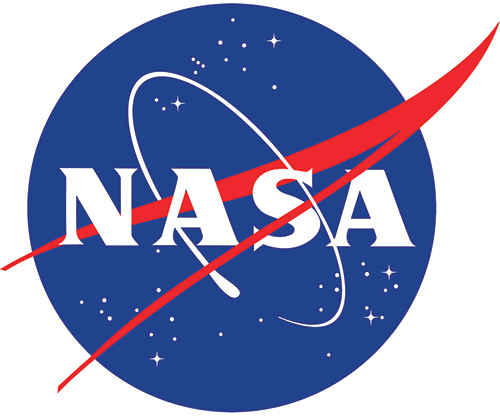
October 21 – Everyone Went “Back to the Future’
The lovable film franchise which showcased so many tech advancements was commemorated on 21st October 2015 – the day that Marty McFly went time travelling to save his children in “Back to the Future 2”! While fans went Comic Con level creative by dressing up as characters from the film, and clicking pictures at the Delorean headquarters, the stars, Michael J. Fox and Christopher Lloyd initiated a discussion (sponsored by Toyota) about how many of the predictions in the film actually came true (“Jaws 19” was not one of them thankfully).
This also lead to quite a few brands mentioned in the film cash in on the frenzy: while Pepsi released a limited edition “Pepsi Perfect”, Nike created the first ever self-lacing sneakers (predicted in the film). The company sent the first pair to Michael J. Fox along with a heart warming note—reinforcing the fact that cinema and literature can inspire science and technology!
Google Remembers
This year Google paid homage to two stalwarts of science and maths—George Boole and Hedy Lamarr.
November 2
George Boole was a great mathematician whose skills and research played a seminal role in the digital revolution. On his bi-centenary, we remembered Boolean algebra—the work which laid the foundation of binary logic used in computers.
November 9
This year was also the 101st birthday of the beautiful genius Hedy Lamarr, a stunning actress who made waves with her on-screen appearances in Hollywood movies in the 1940’s. Lamarr is credited with developing the “spread spectrum” and “hop frequency” to help radio communications by the Allied forces. Her work was later incorporated into the development CDMA and Wi-Fi.
November 2 – Reaction Engines To Revolutionise Space Travel
BAE systems and Reaction Engines have partnered to create a hypersonic reusable rocket that could transform space and commercial travel. BAE has invested in Reaction Engines’ SABRE technology (Synergetic Air Breathing Rocket Engine) which is capable of speeds that are five times faster than the speed of sound. The engine breathes air to propel itself, and the technology is considered a breakthrough in aerospace technology. As the engine can propel itself using the atmosphere, it won’t be necessary to carry liquid oxygen onboard the vehicle.
November 2- These Four Legged Robots Have Some Amazing Moves!
This is the story of a four legged robot with a painted on moustache which walked on and on till it’s battery ran out – and took home a Guinness World Record! Xingzhe No.1 walked for 54 hours around a circular track, and covered a distance of 134.03 Kms. Professor Li Qingdu, the research head stated that this was an attempt to understand the robot’s reliability and whether it could be used for dangerous missions in the future. While the Xingzhe No.1 made the great leap in October, Guinness announced the record on 2nd November. In other robotics news, Google acquired Boston Dynamics, a hi-tech robotics company. The company released footage of their menacing looking, yet surprisingly nimble-footed robot dog Spot. In the YouTube video, Spot, which is electrically powered and weighs 72 Kgs can be seen easily negotiating a tricky looking terrain, standing its ground even after being kicked twice by its creators. Though Boston Dynamics hasn’t revealed much information about Spot’s purpose, conspiracy theorists are abuzz with Terminator-like predictions.
November 3 – Lady Liberty gets a Jetpack flyby
Let’s face it, science is awesome! Especially if it enables you to fly over the Hudson river in New York and salute the Statue of Liberty—using a JETPACK!! Australian entrepreneur David Mayman along with inventor Nelson Tyler has created a personal wearable flying device which he showcased on 3rd November. The jetpack can elevate a user 10,000 feet up in the air, and can stay airborne up for 10 minutes, Mayman says he has spent 10 years developing the jetpack, now dubbed JB-9, and was happy with his test flight. These awesome flying machines however, are not yet out for sale and no one from Mayman’s company knows how to fly them except him. But there may be a military uses for them, and may perhaps be used in Hollywood films for amazing stunts.
November 6 – Scientists Create Tiny Walking Origami Robots
Over the past year, we have seen massive advances robotics. However, scientists in china have invented a robot of another kind. Miniscule pieces of Graphene (a very strong form of carbon) can be turned into origami-like robots which can be animated by laser beams or heat.
Scientists recorded these little paper robots while walking around, making turns, opening and shutting their little origami folds. This kind of folded graphene—which measure barely a few centimeters across—can be used to create a completely different breed of robots, and also have potential to be made into artificial muscles.
December 14 – The Force Awakens Finally
Star Wars fans responded with delight (and chagrin!) when Disney announced that they would continuing the epic film franchise. Since the announcement was made there have been numerous discussions about the fate of the Skywalker twins, the new light saber design with a hilt (Stephen Colbert did an elaborate report on the same), and the new Storm Trooper helmet. The sighting of the Millennium Falcon and Han Solo in the trailers has evoked gasps. Though Harrison Ford may be almost four decades older than the first time he took on the role of Han Solo, but no one can pull it off like he does. With all the frenzy surrounding the epic space opera, the it was great to know the premiere date for Star Wars: The Force Awakens has been set for December 14 in Los Angeles.
Team Digit
Team Digit is made up of some of the most experienced and geekiest technology editors in India! View Full Profile
